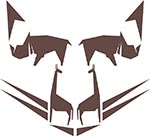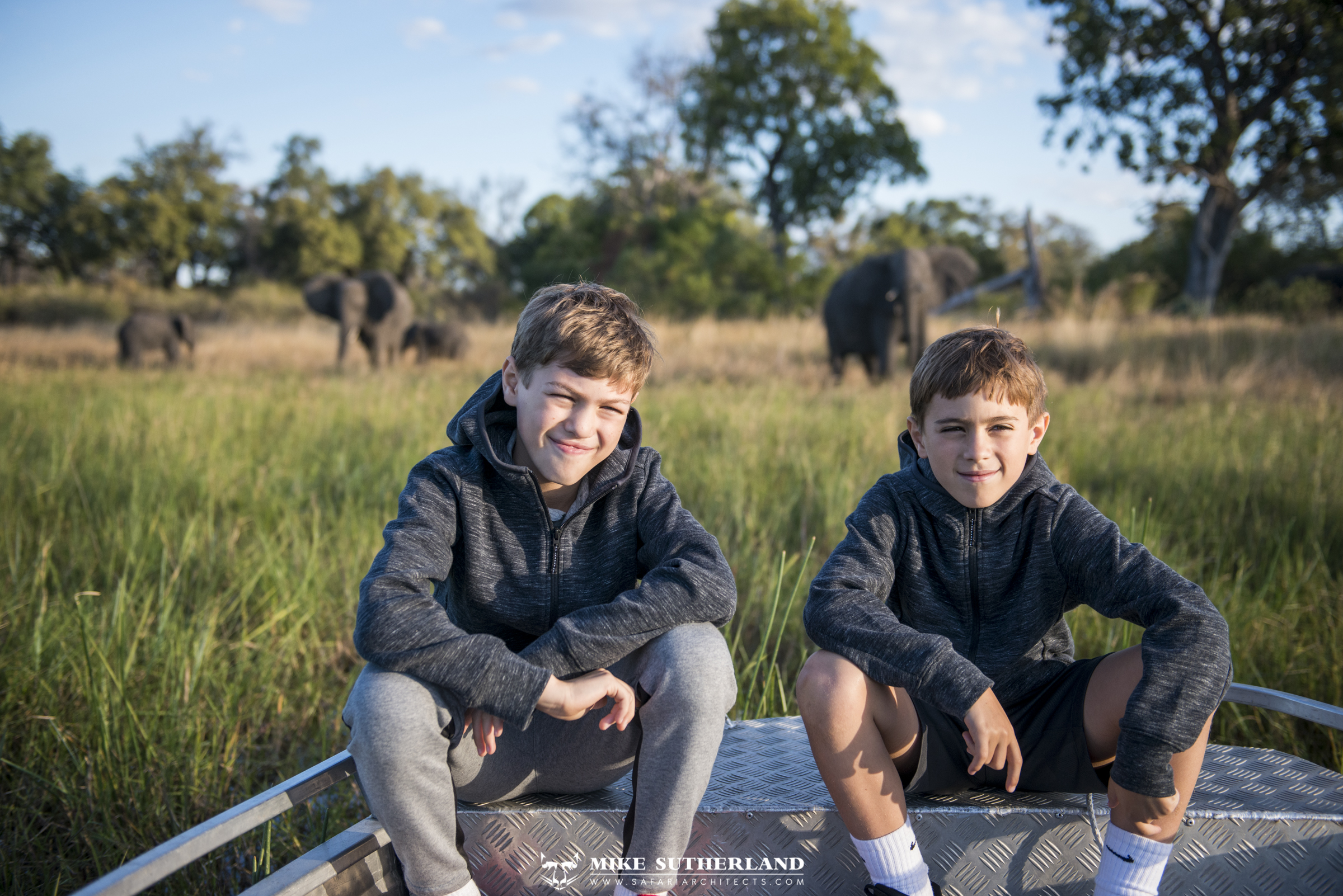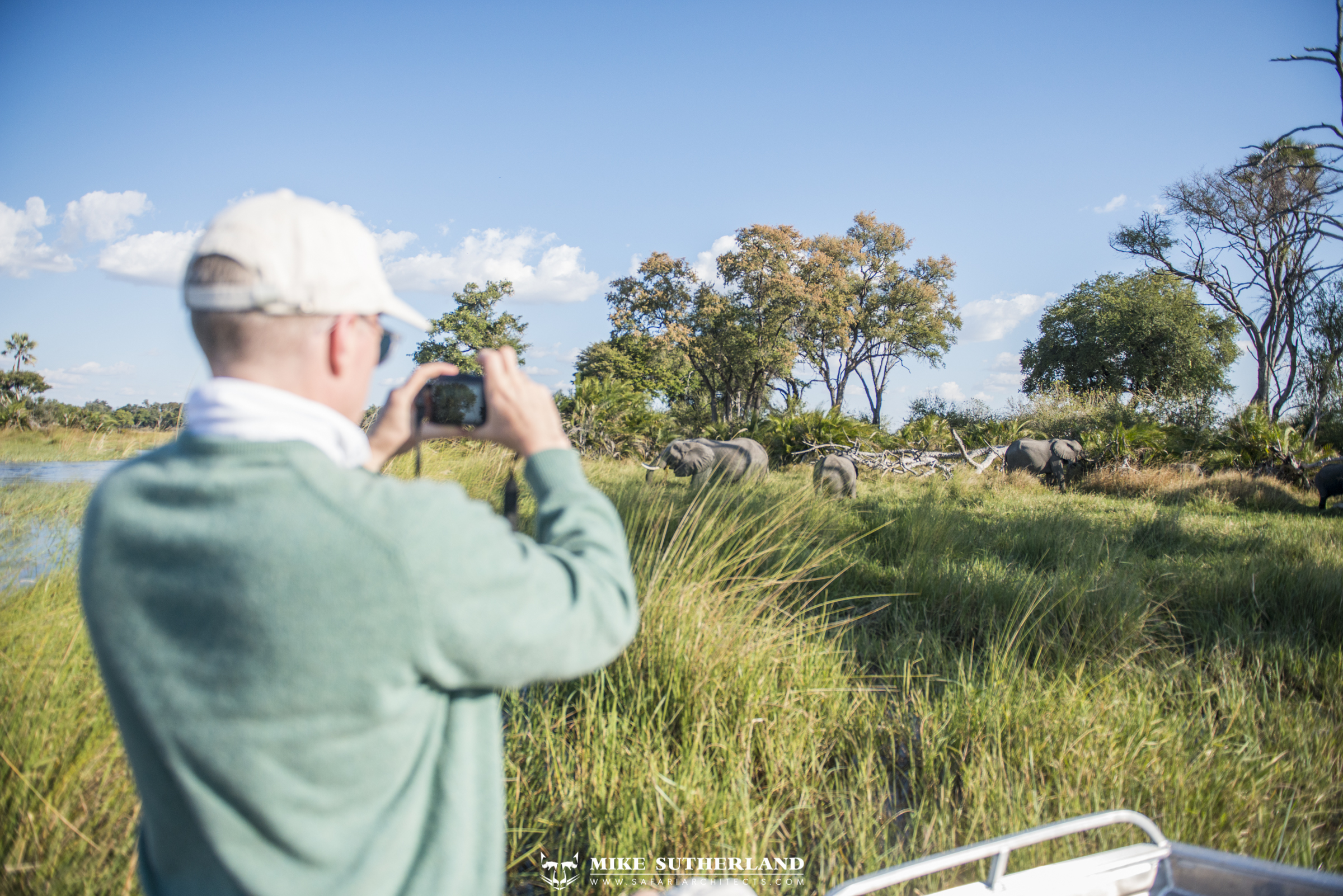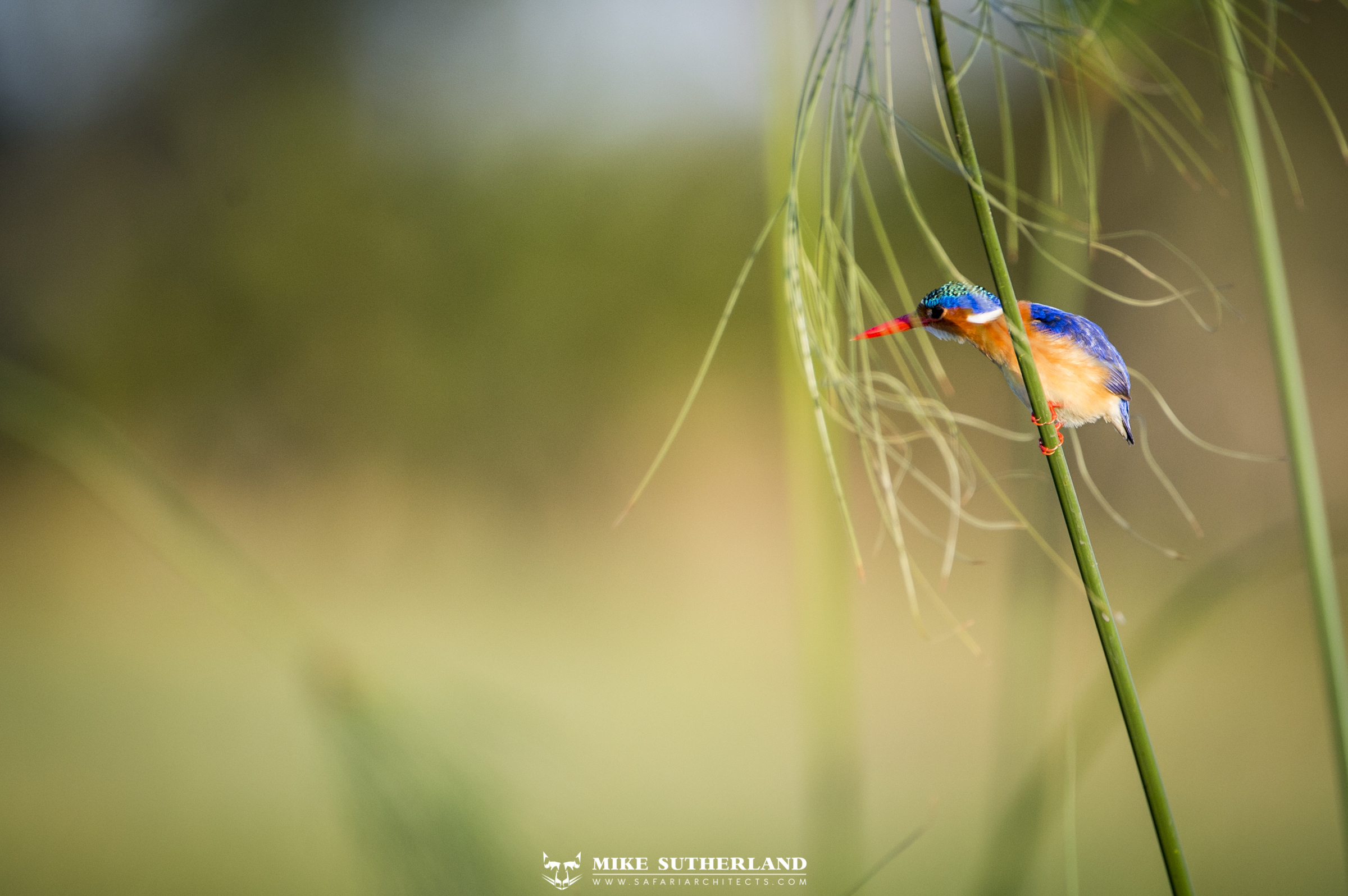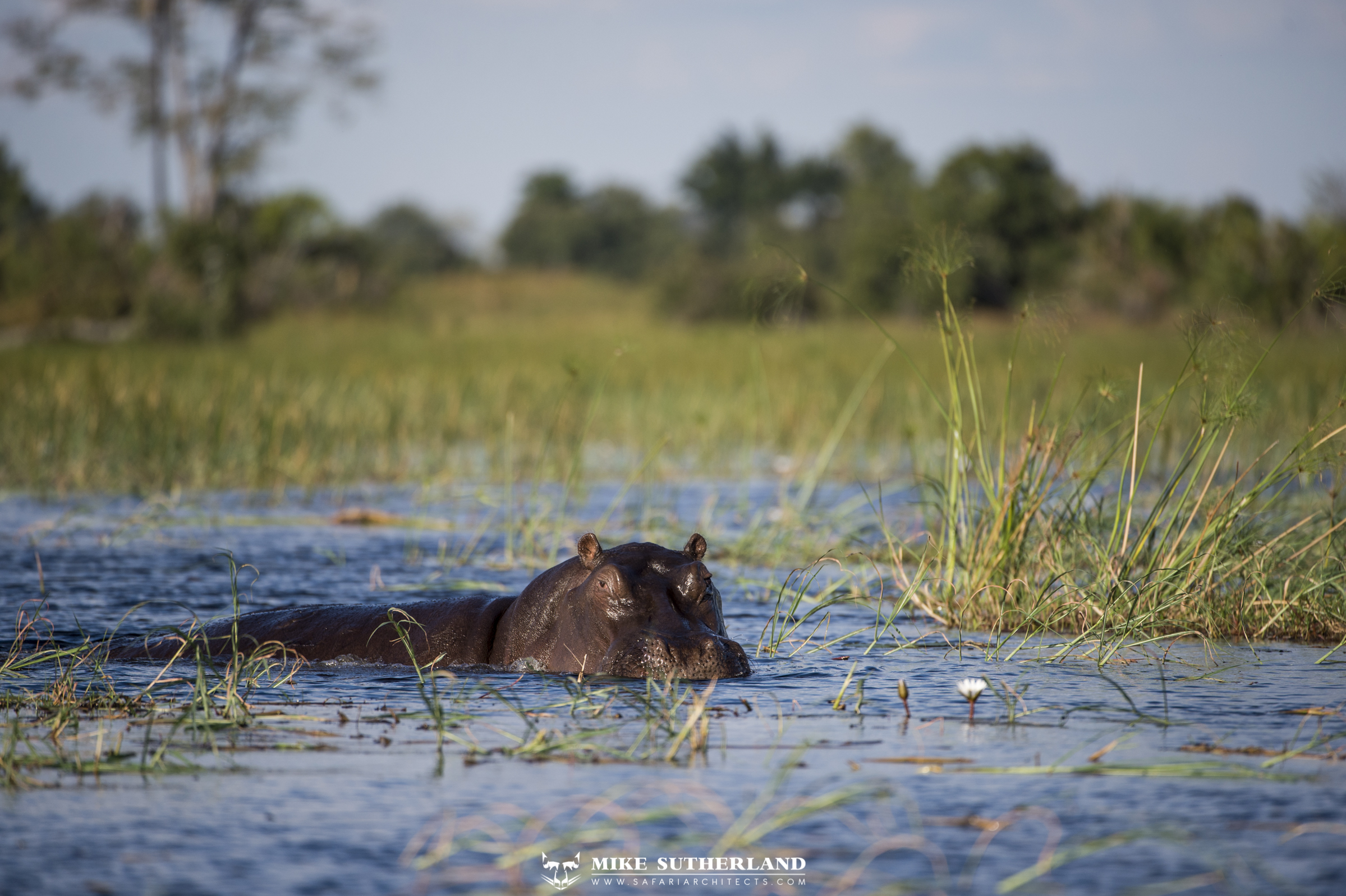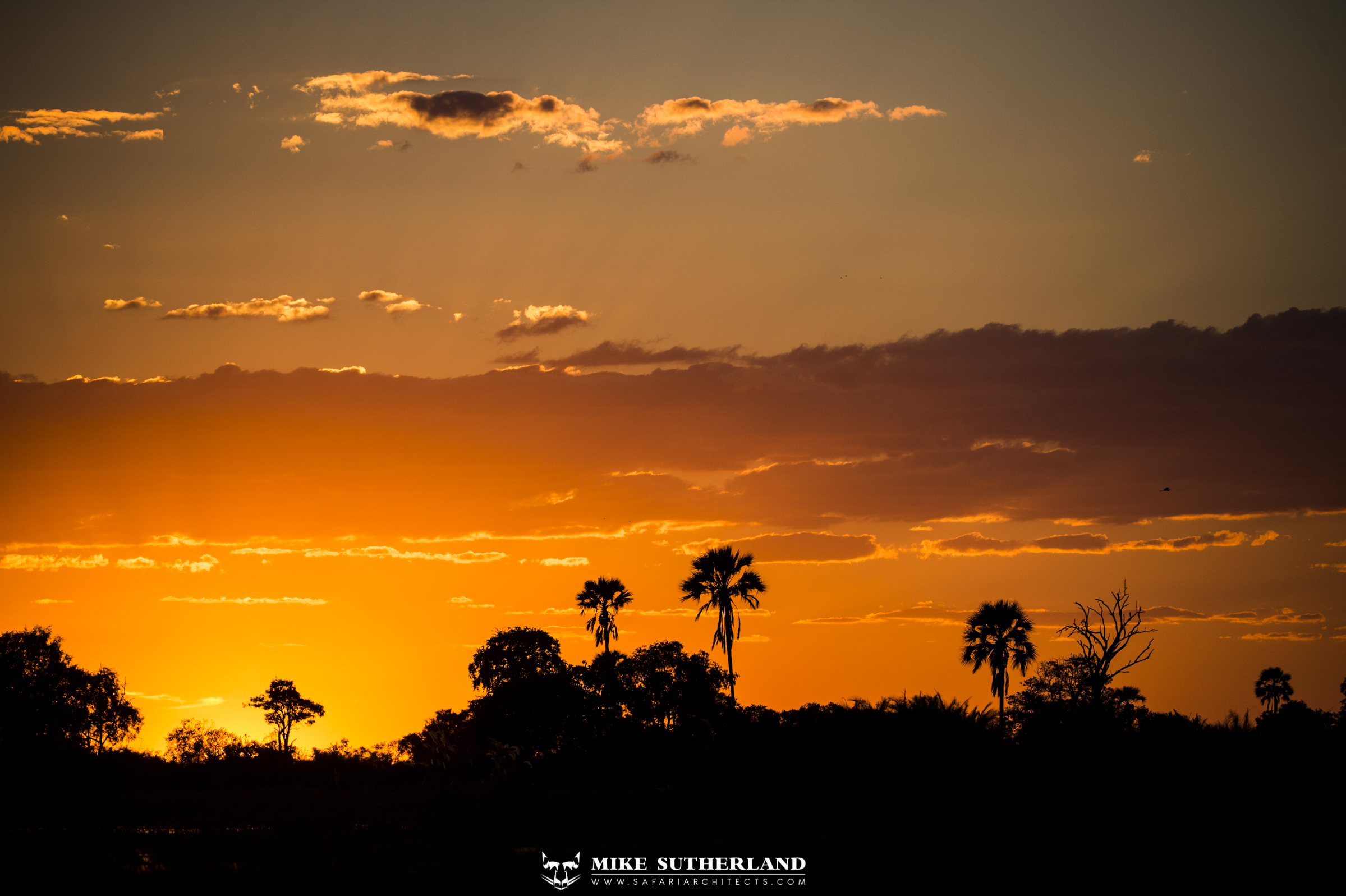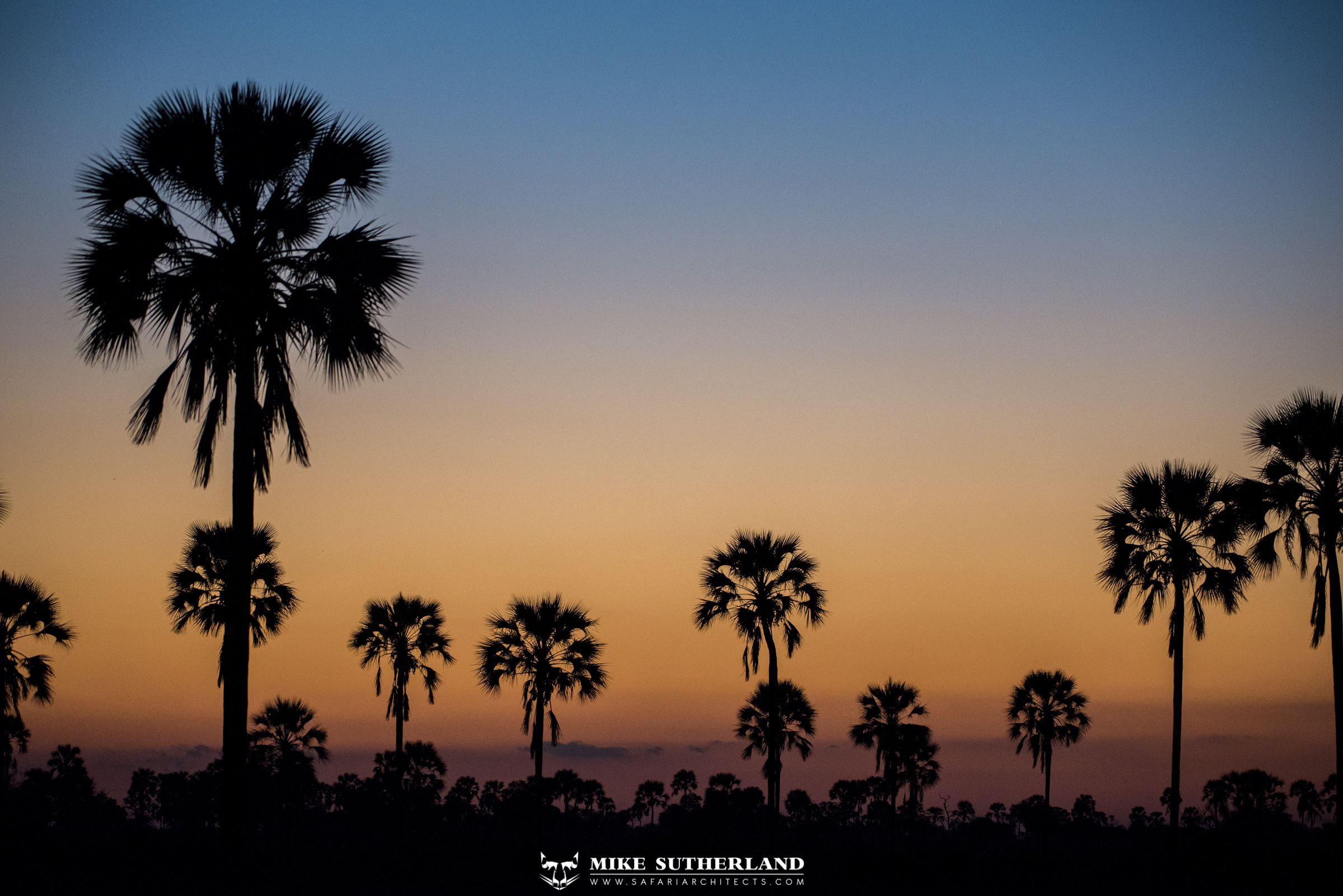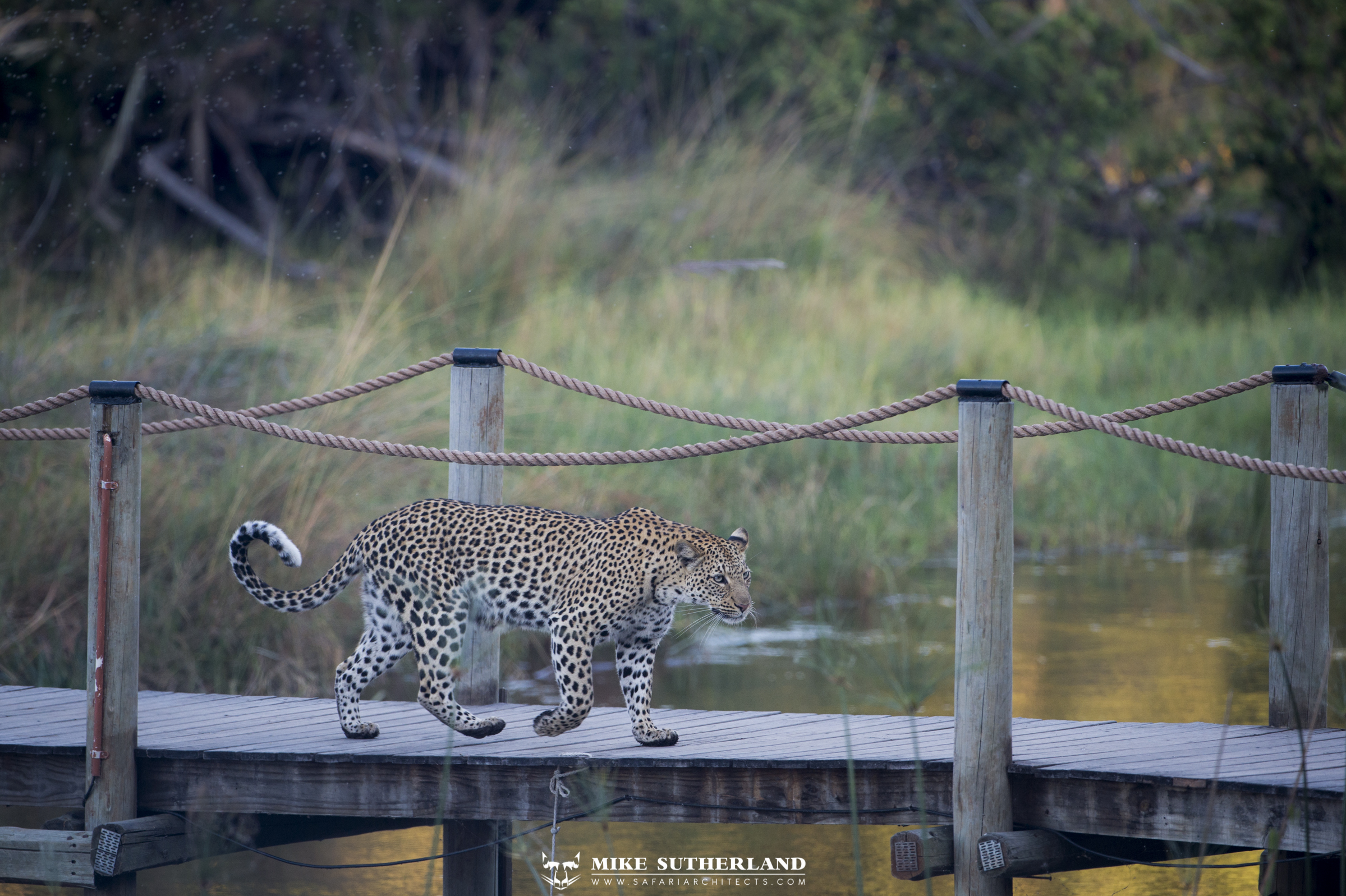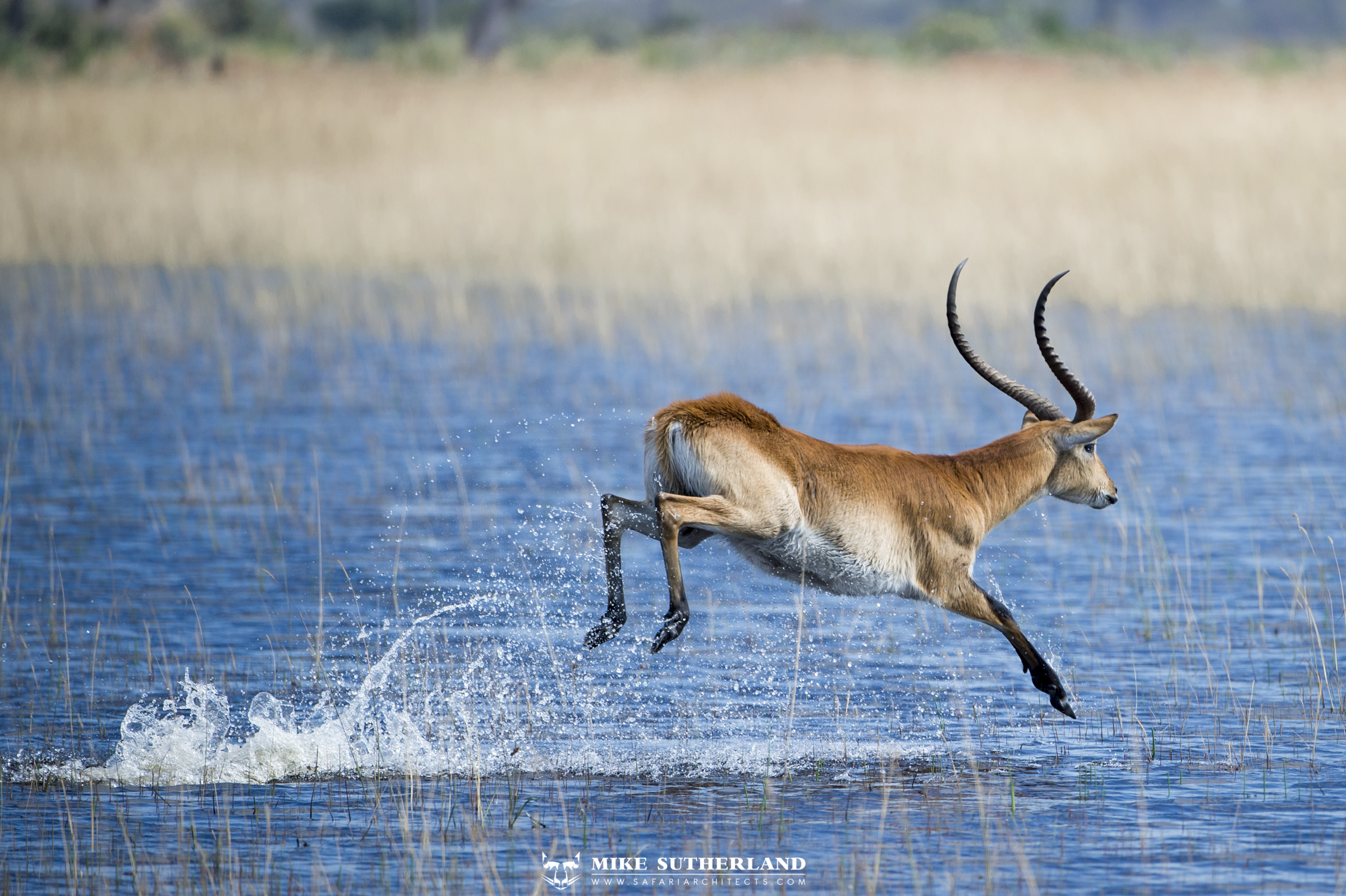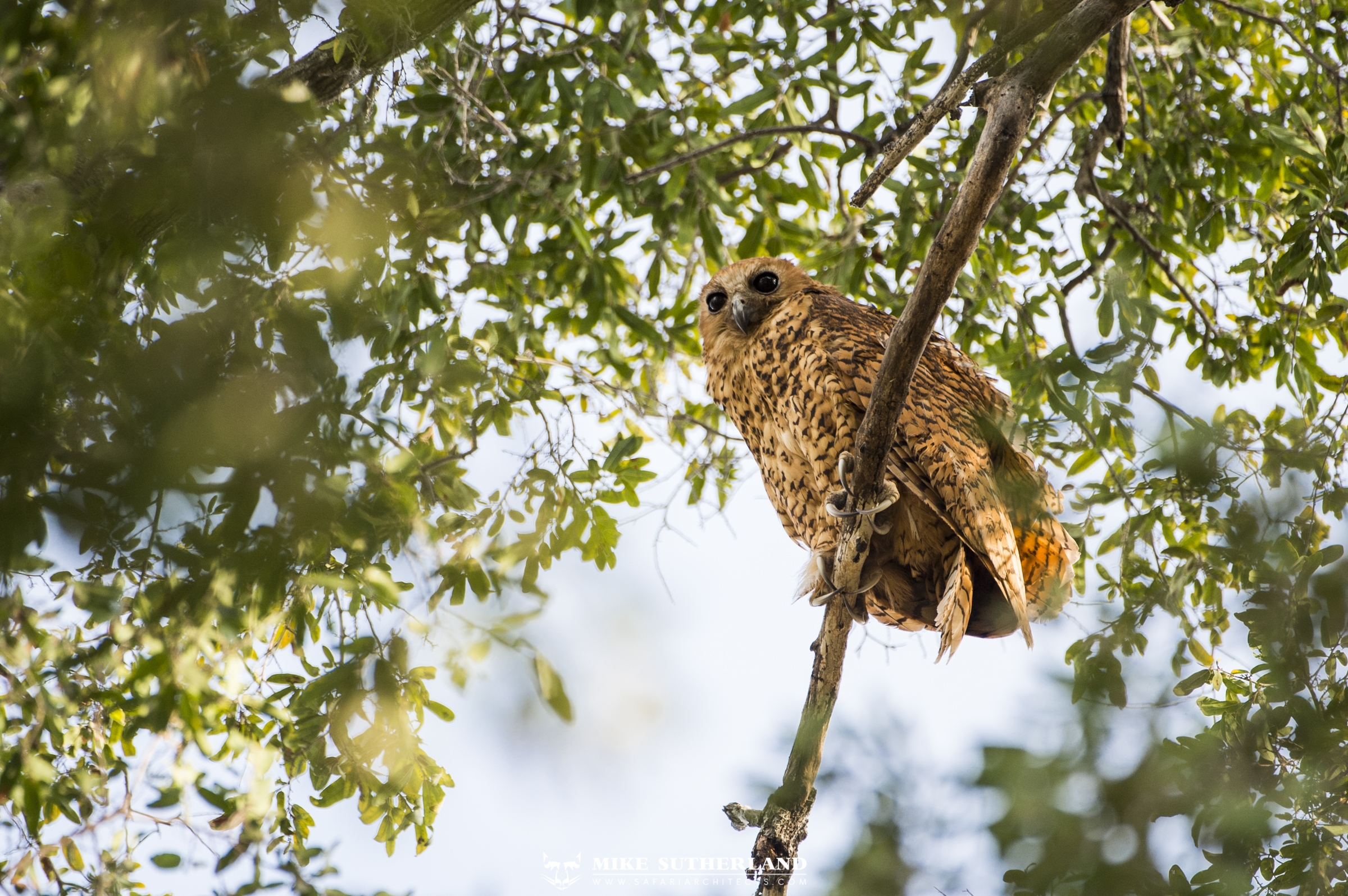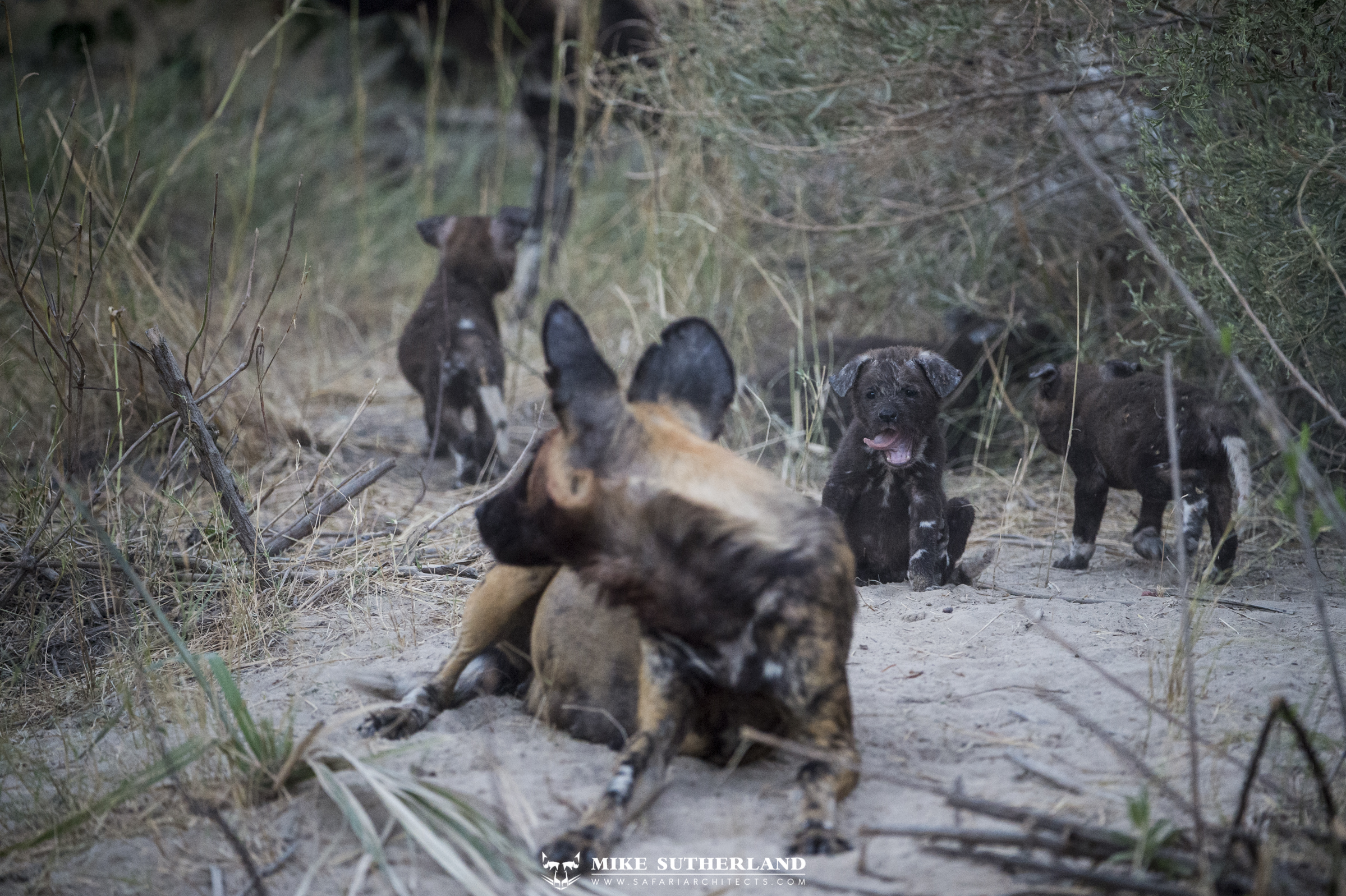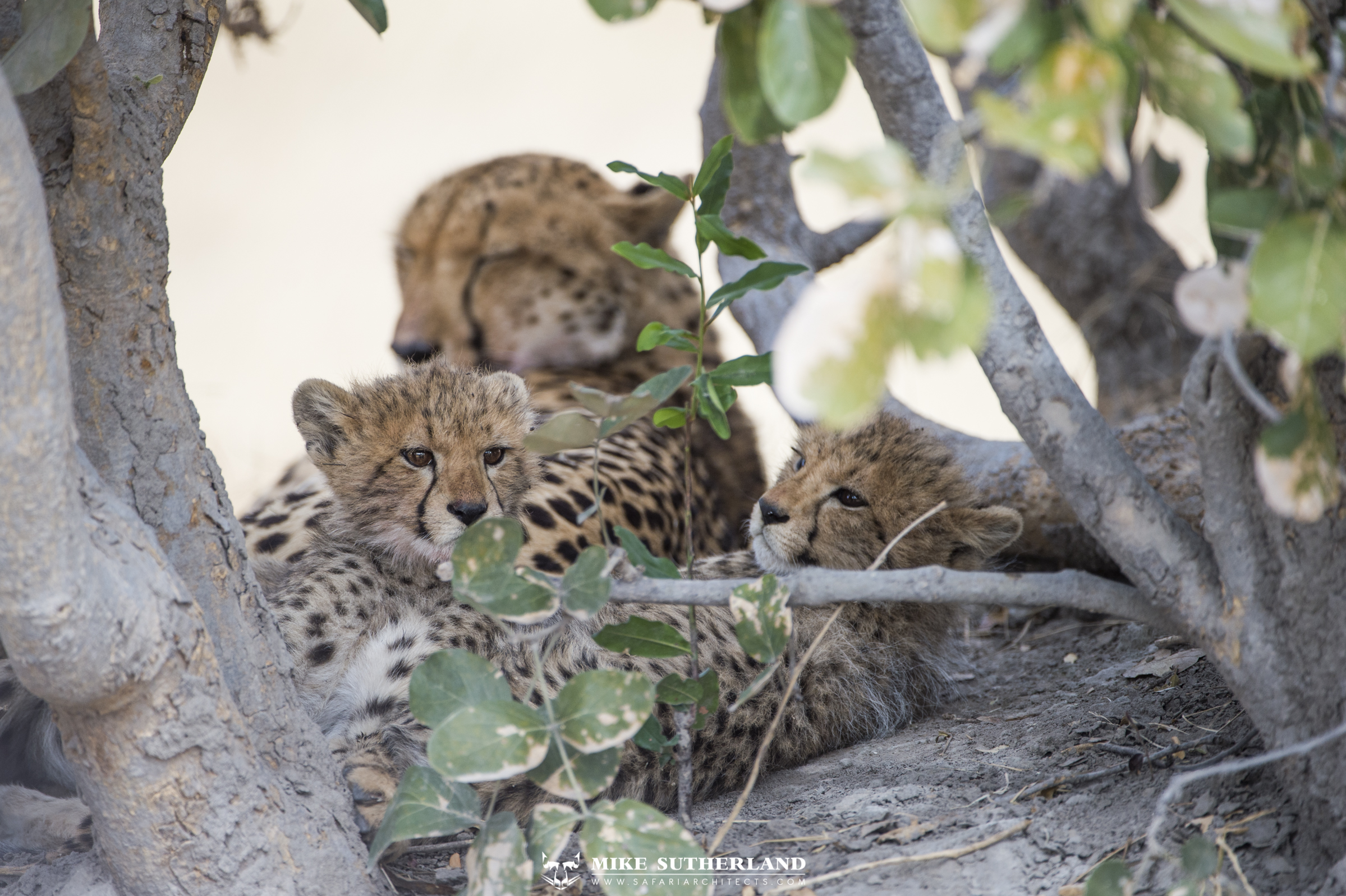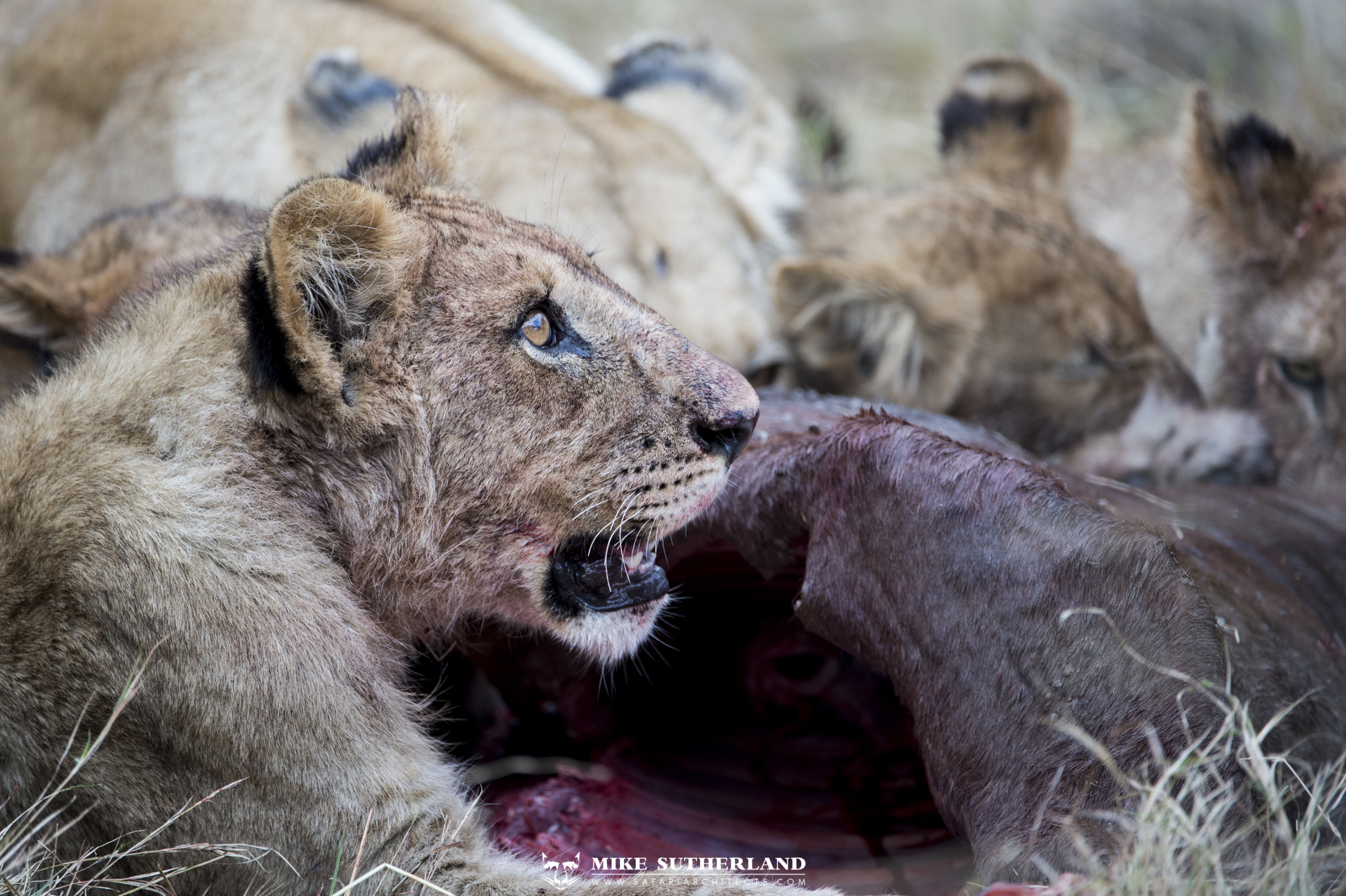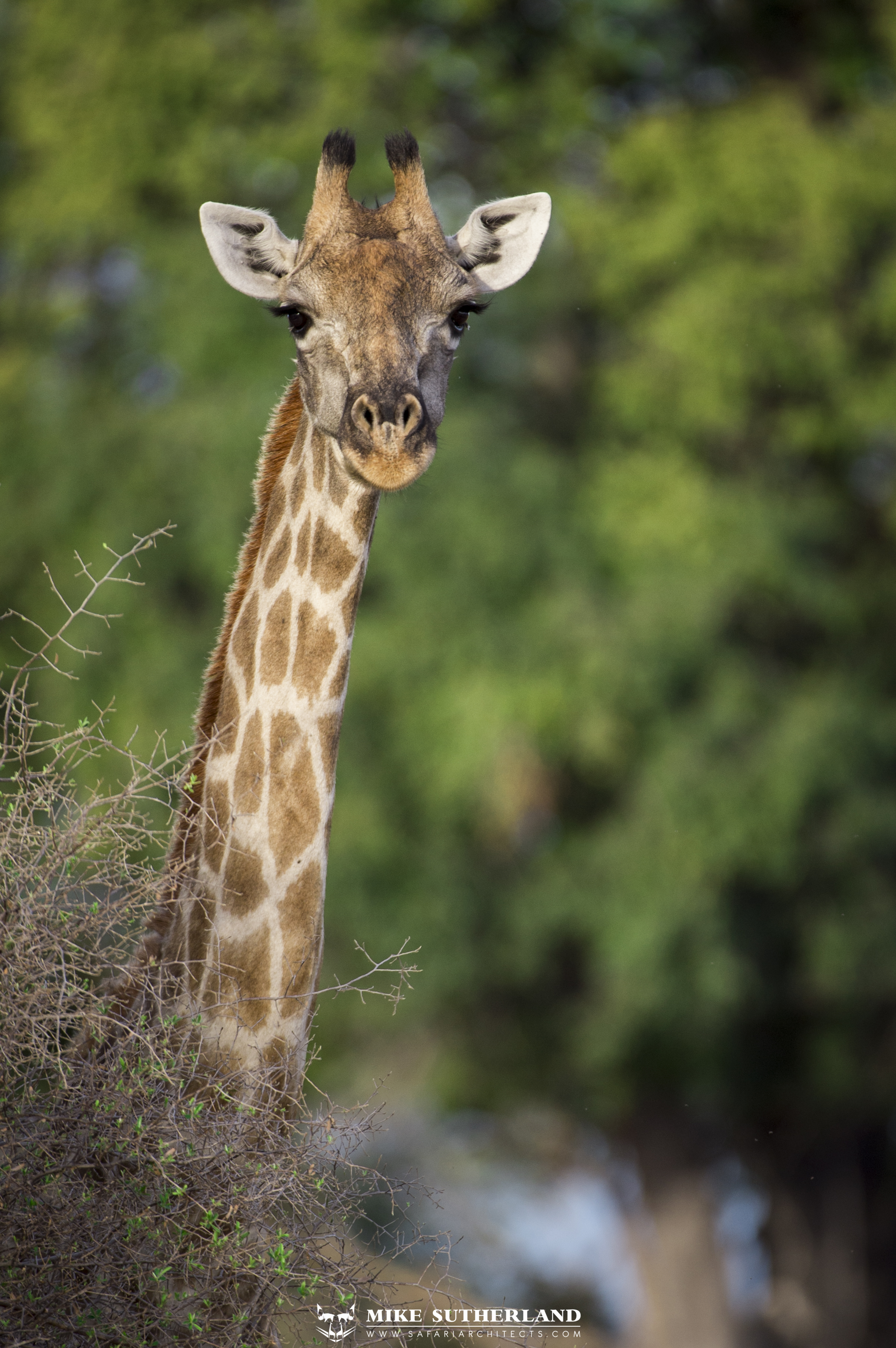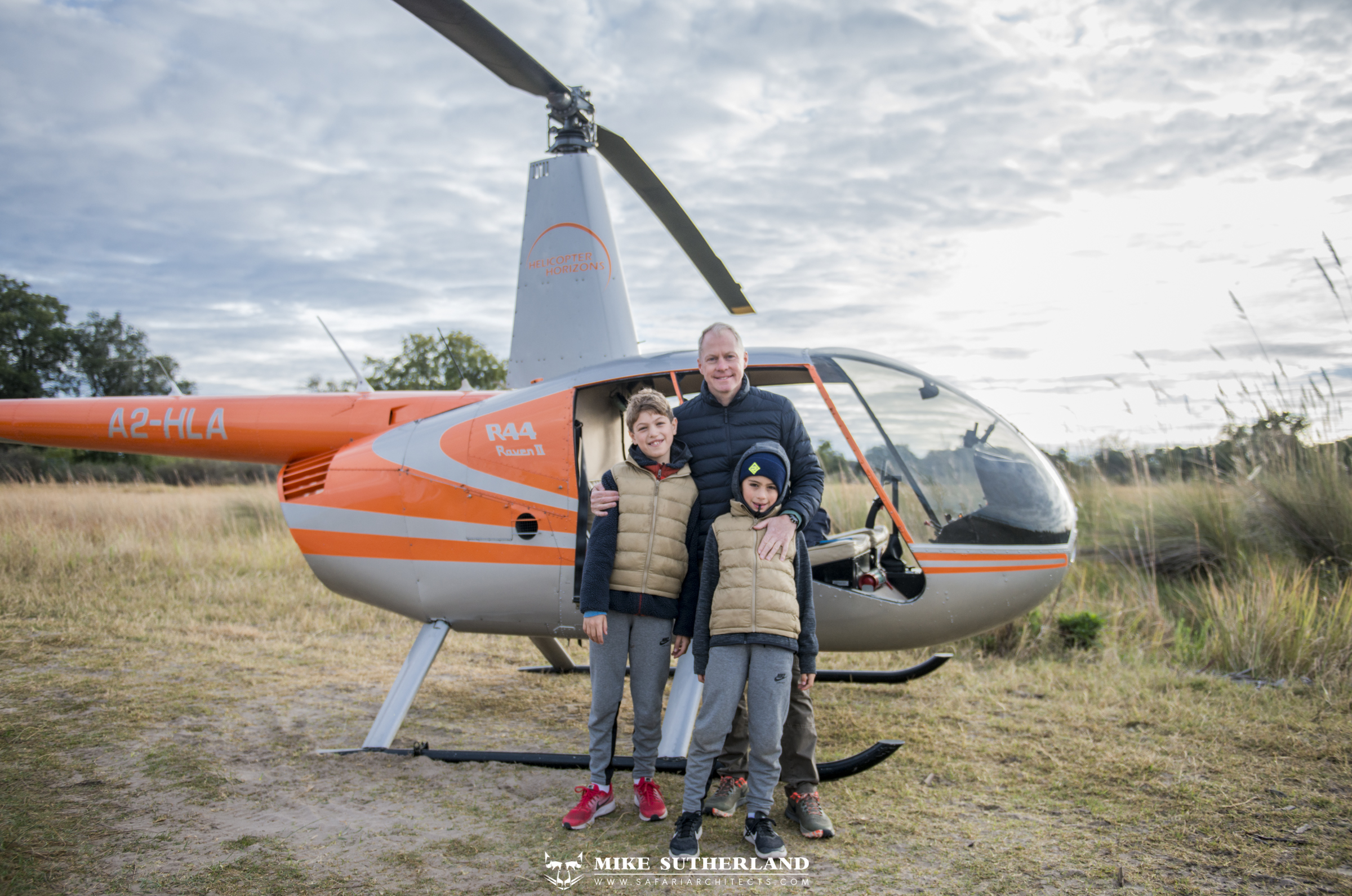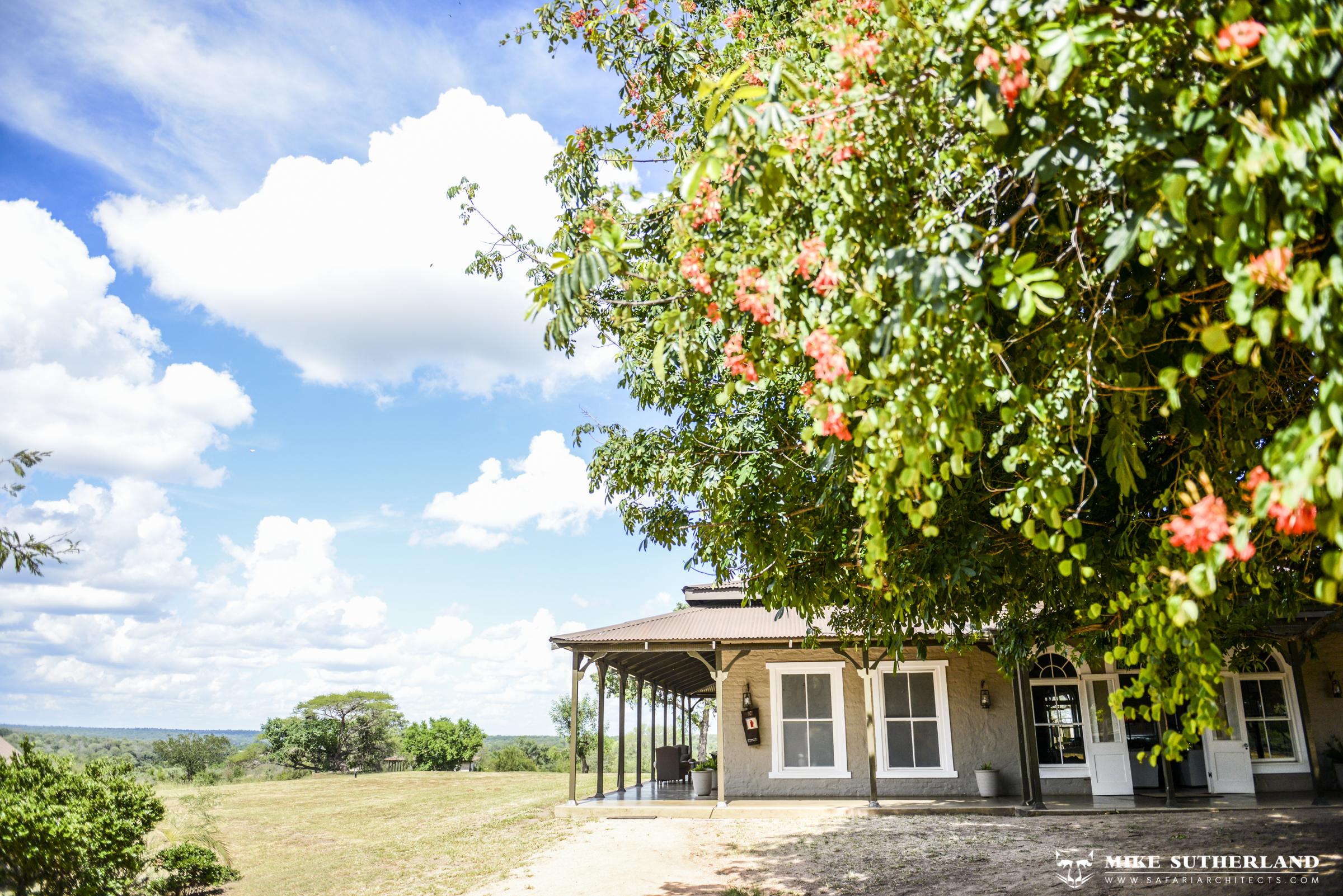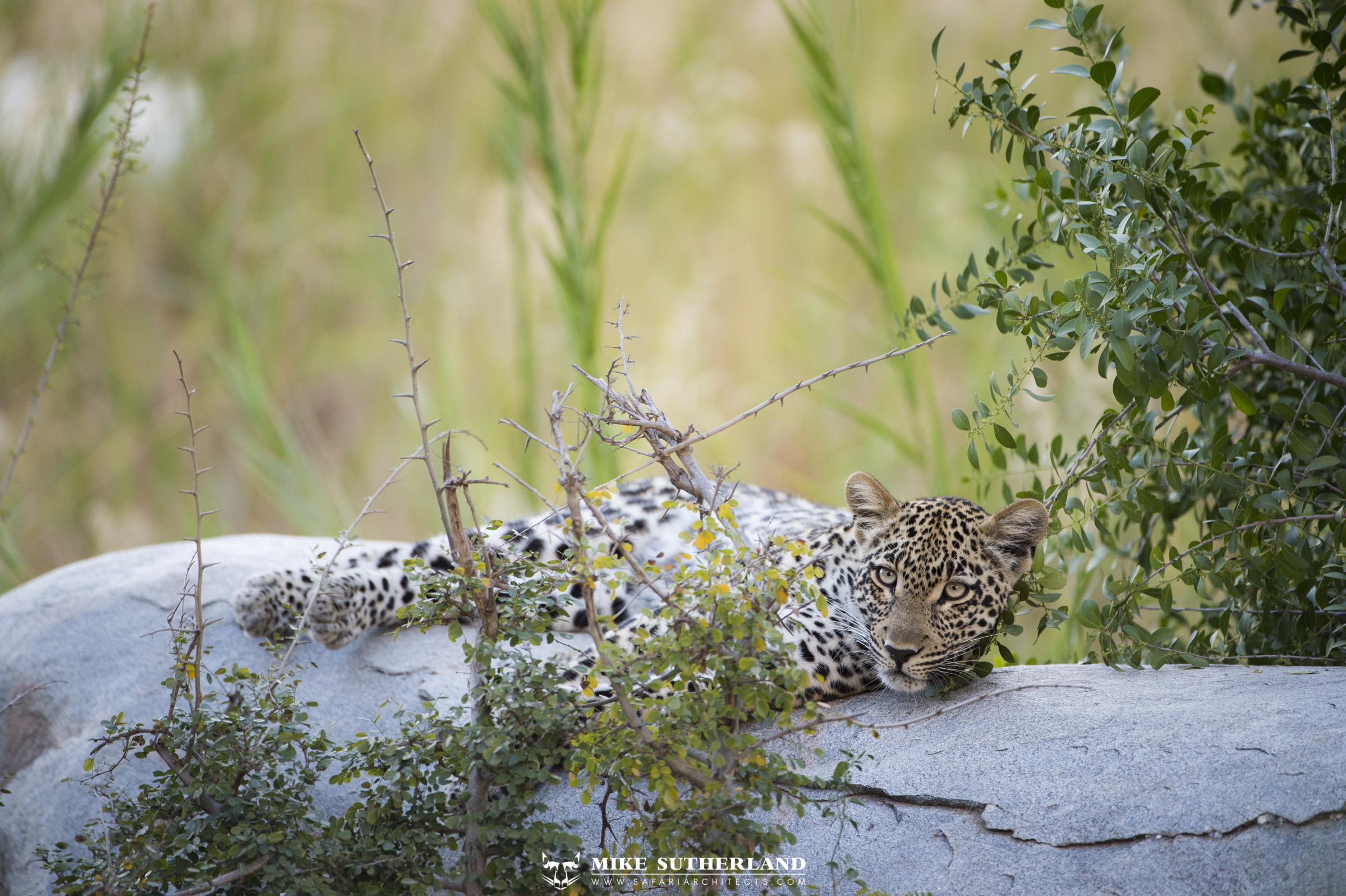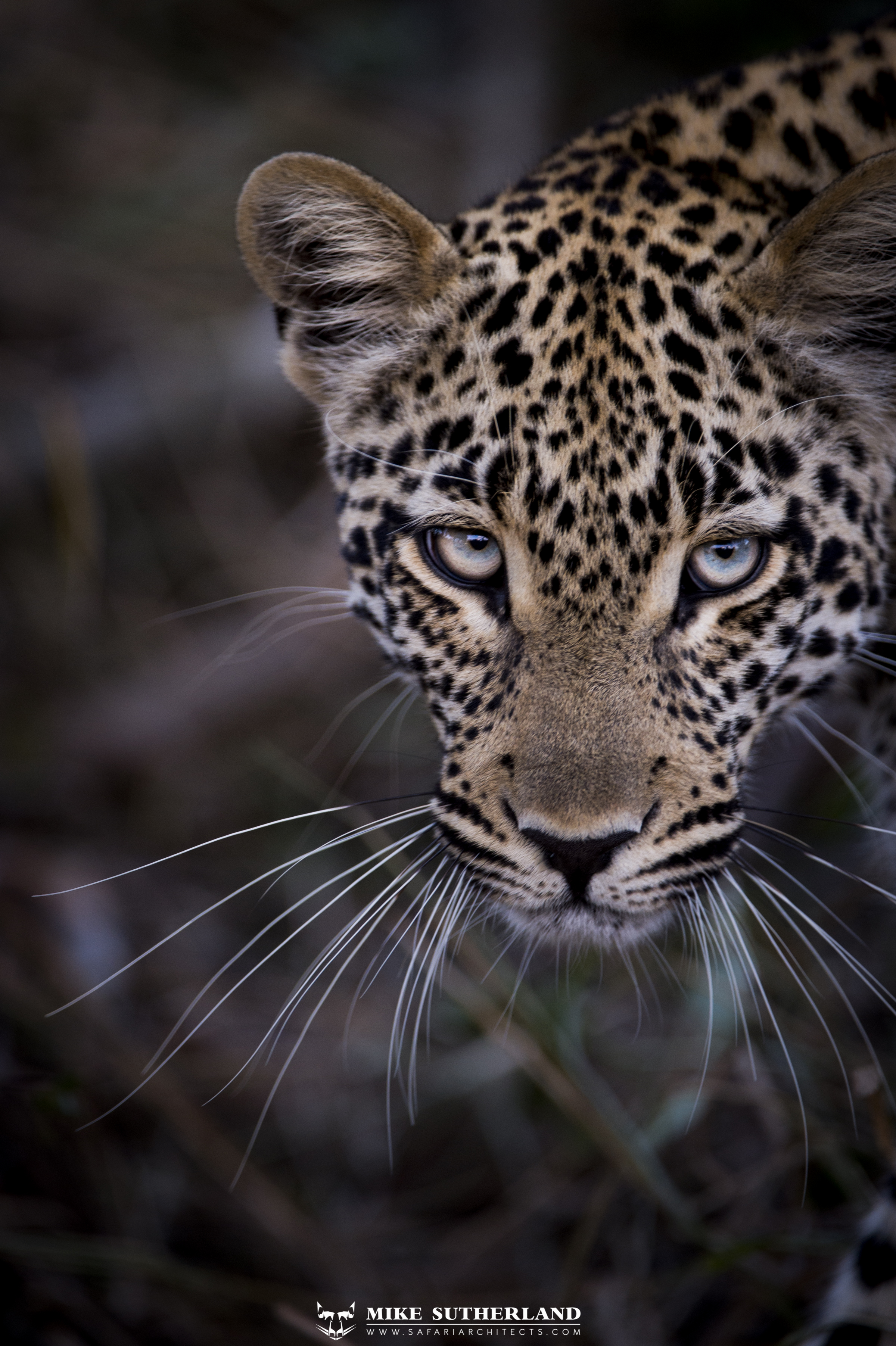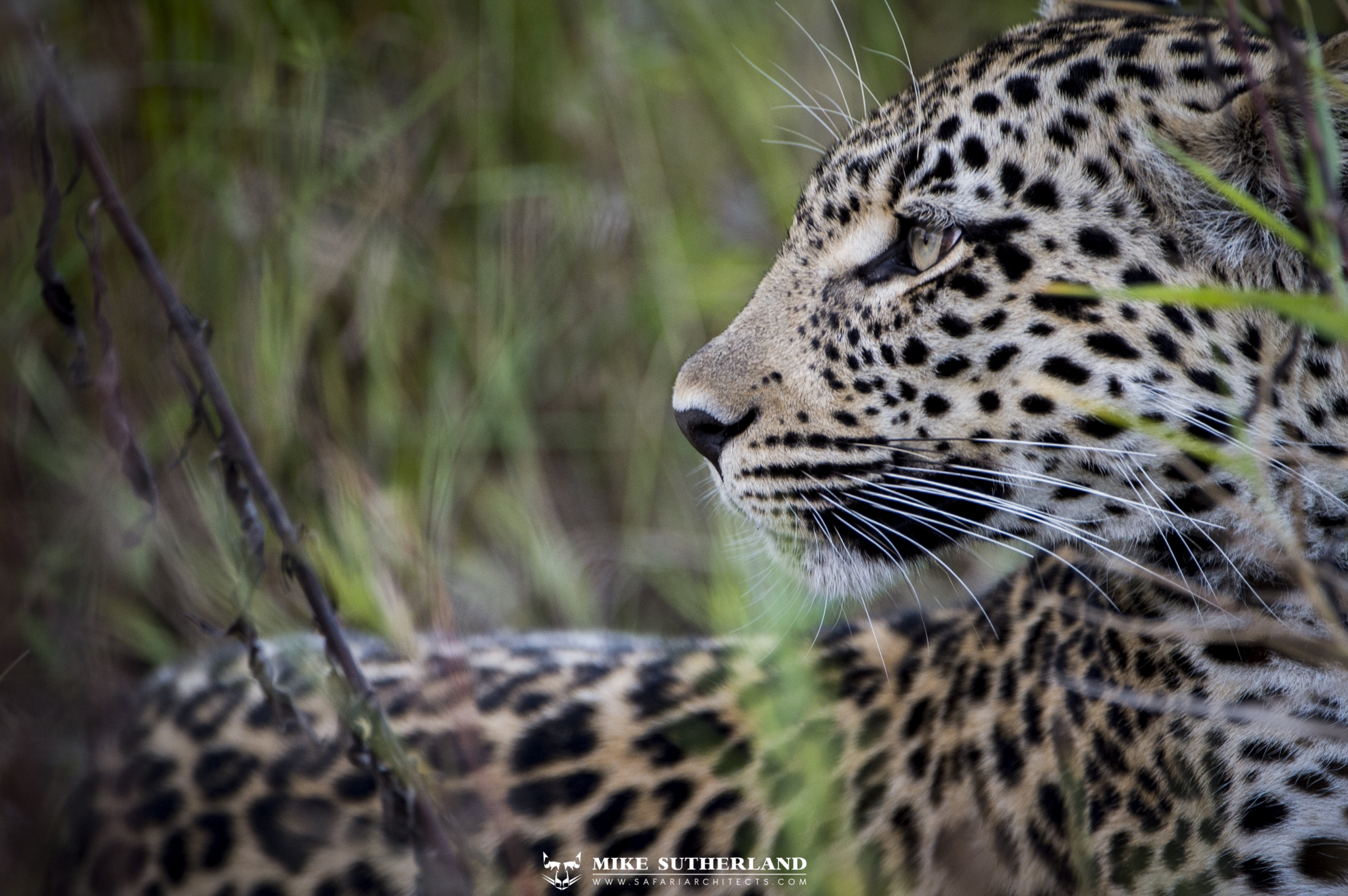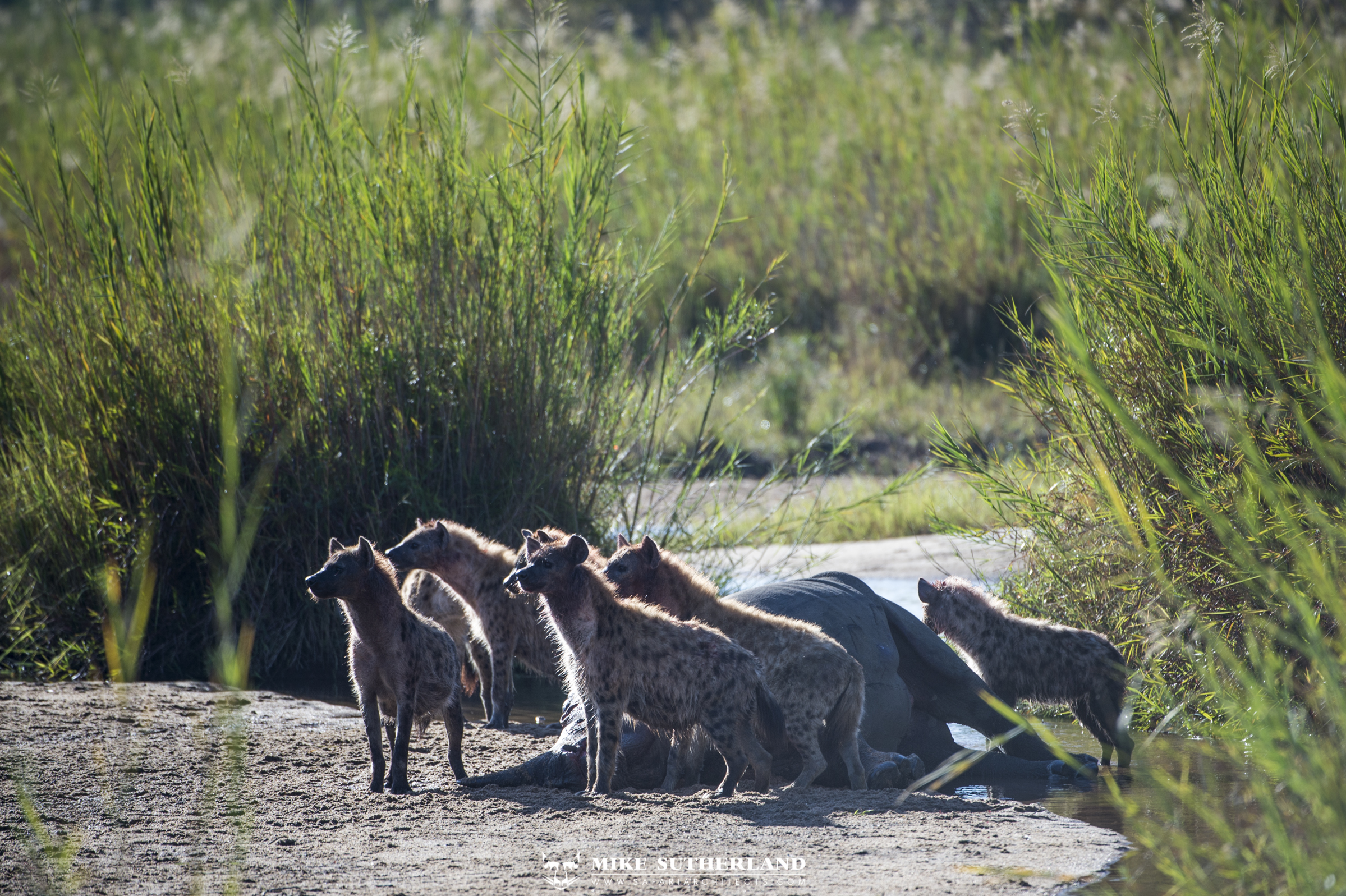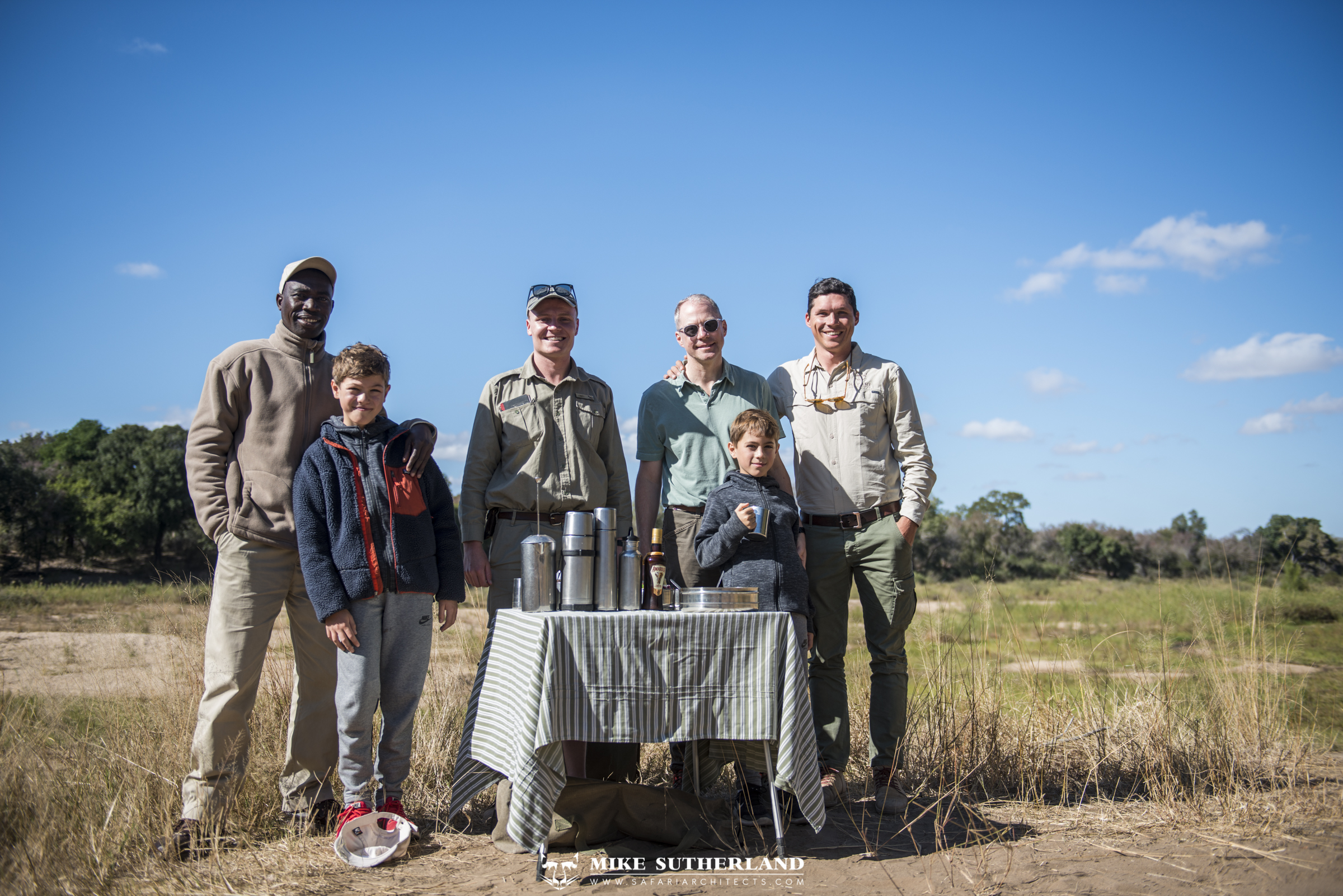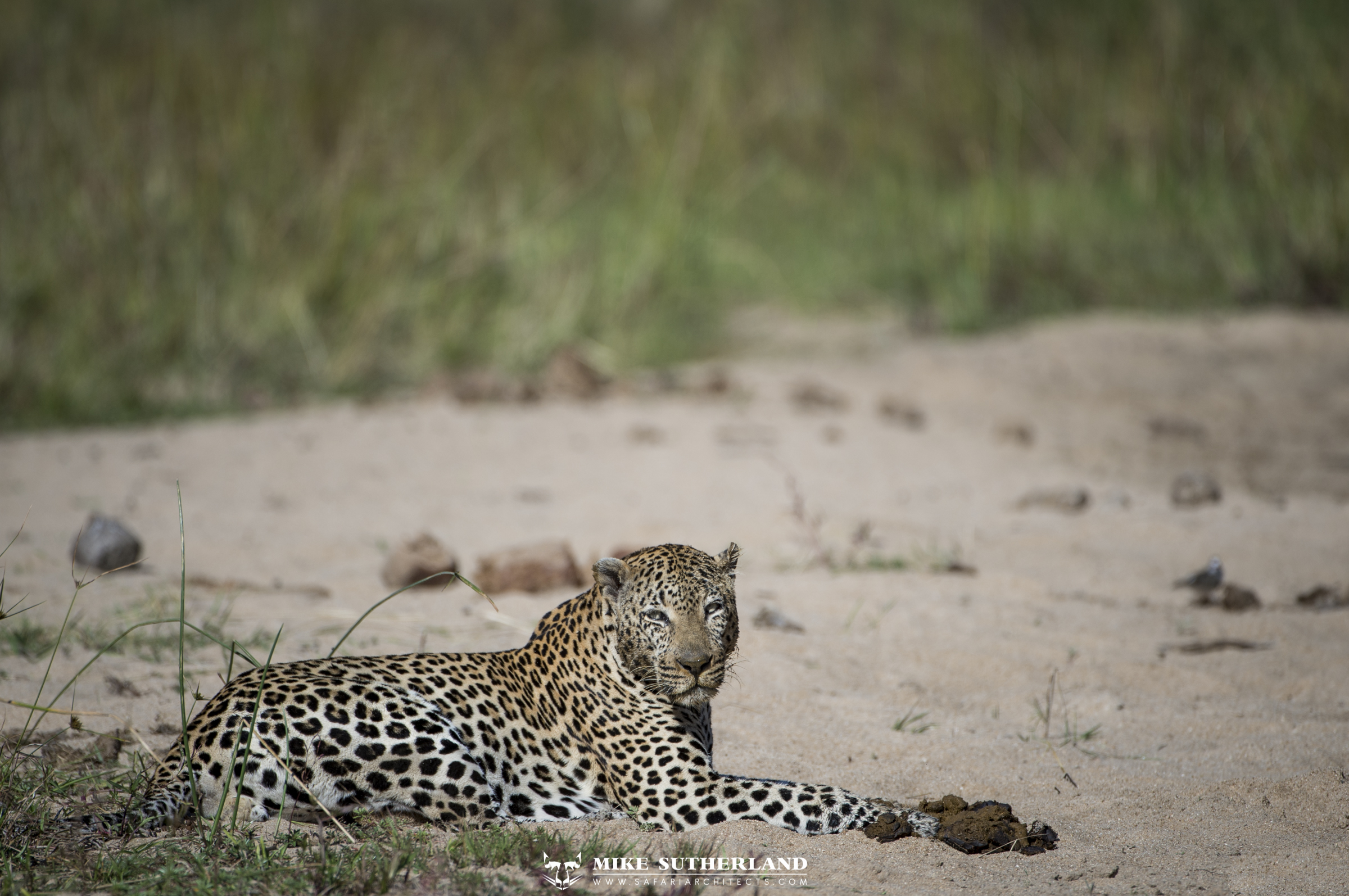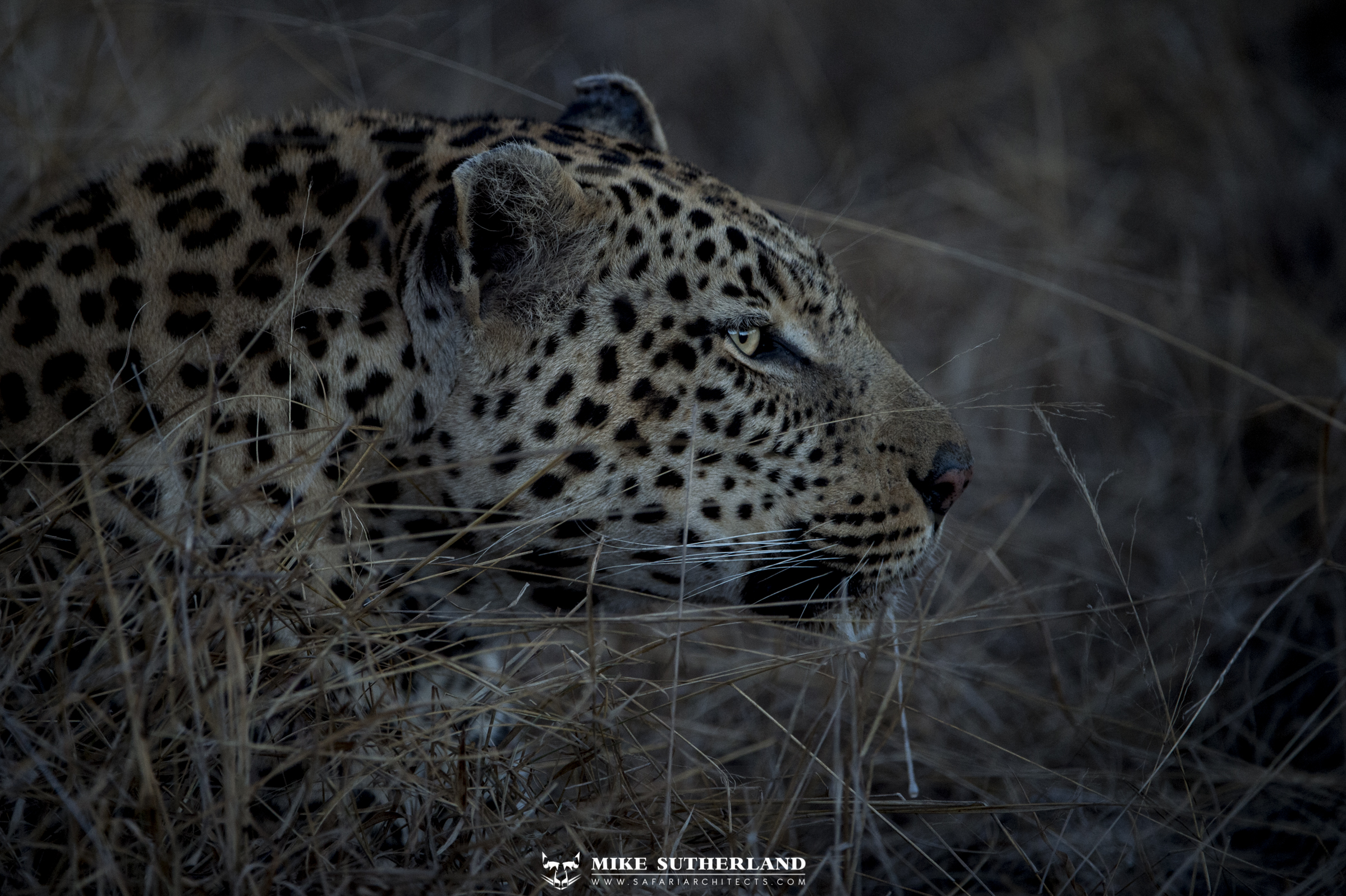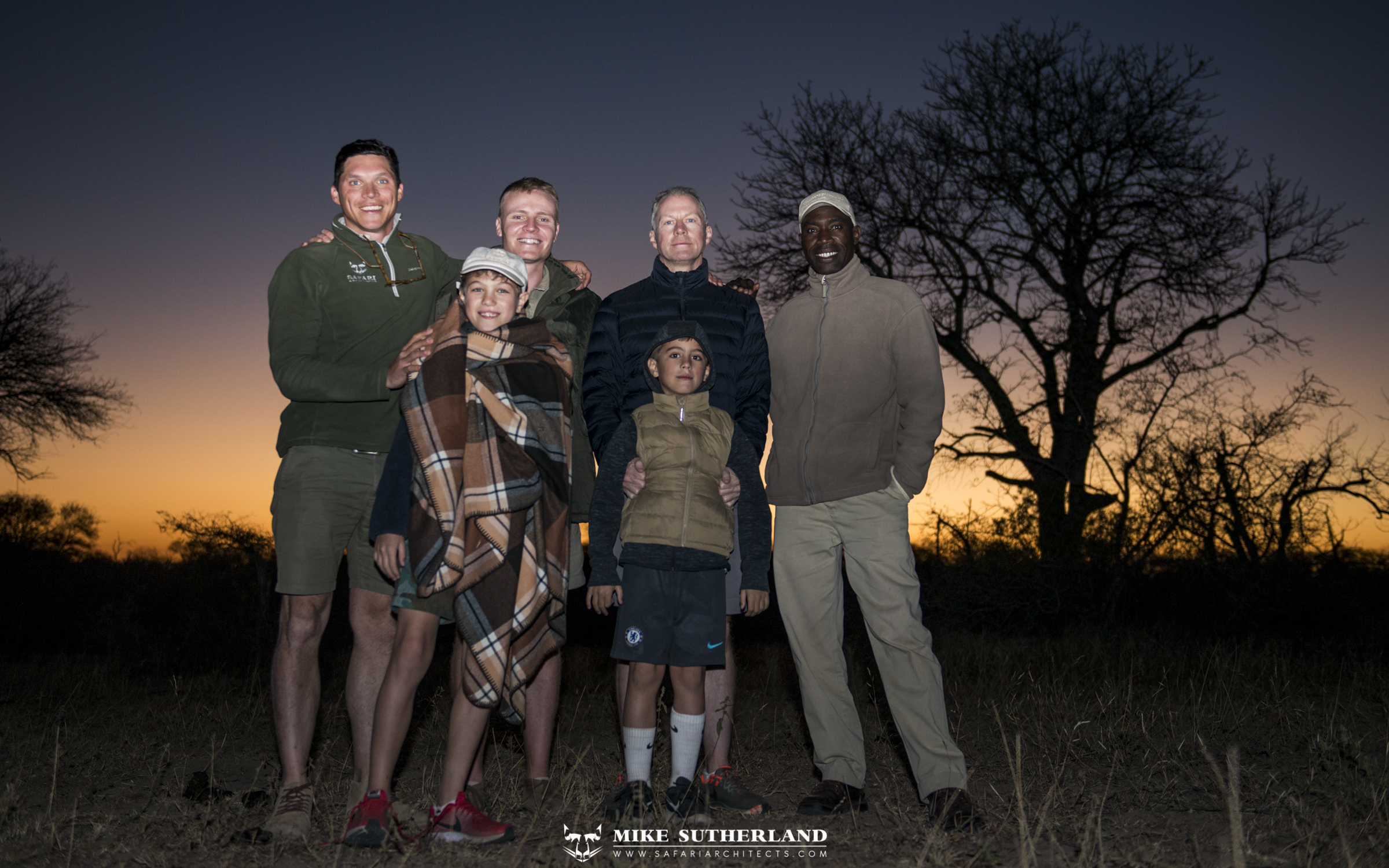The Boys on Safari
A meandering, life-filled body of water makes its way annually from the Angolan highlands towards an oasis in the middle of the Kalahari Desert, known to us as the Okavango Delta. The formation of this unique phenomenon is extremely well documented. Research papers that span back decades as well as ongoing current research ensures we have as much knowledge of this occurrence as possible, allowing us to protect it for many years to come.
Visiting the Okavango Delta has to be right on the top of your bucket list when planning a trip to Africa, and like many things in life, timing is everything here! The flooding of the Okavango Delta comes from the summer rainfall in Angola (January-February) that drains into the Okavango River (along with others) and eventually, over a four-month period (March-June), the waters spread over the delta system. This flooding is known to attract some of the largest concentrations of wildlife know in Africa, most evidently seen between June and August (which are in fact Botswana’s dry winter months).
Having travelled through the night from London to Johannesburg, then immediately onto Botswana’s Maun airport and finally stepping foot onto Delta soil, bodies were definitely tired but there was still no hiding the excitement! Xigera Camp was our first stop in the Delta. The first afternoon was spent enjoying a relaxing cruise on a flat-bottomed boat, which starts right off the deck of the lodge. During the few hours we spent navigating the channels that surrounded the island, we were treated to close encounters with elephant, crocodiles and hippo. Beautiful multi-coloured kingfishers hovered above us and, as the sun began to set, an evening chorus of frogs began to serenade us.
There is the notion in the bush that the early bird catches the worm, and safaris are no different. Game drive times are structured to coincide with when animals are most active, and when the best opportunities to see some exciting activity might be. However, for those who have been to the bush, you know that no two days are alike, no two drives are the same and rules are there to be tweaked depending on who your guests are and where your interests lie.
Travelling with two young, growing (and extremely charming) boys whose energy levels were somewhat comparable to Speedy Gonzales, was a factor taken into consideration and some changes to our daily schedules were made. Our days started slightly later than the normal guest in camp, scrambled eggs were replaced with chocolate pancakes and cheerio bowls, while afternoon siestas were non-existent. An unorthodox approach but one which kept us all happy and even tricked the delta spirits to smile upon us in different ways time and time again!
Our Xigera mornings were nonetheless incredible no matter what time we began. Imagine walking from your room along a raised wooden walkway toward camp for your morning coffee, and as you sit down to enjoy the view a leopard is walking in your direction. You sit on the safety of the deck and in front of you on the camp bridge, which goes across a permanent channel in front of the lodge, stands a beautiful female leopard – in no way bothered by your presence.
This was the start of one of our mornings at Xigera camp. A female leopard and her young cub, spent an entire day within the confines of the camp. She crossed the bridge on multiple occasions, of which we must have witnessed 15. She called her cub to cross behind her, and then rested in the shade beside the pool, before vanishing into the thick bush until returning later that afternoon.
Exploring the Xigera concession produced some truly rare and special sightings. A Pel’s Fishing Owl not far from camp was one of these in addition to multiple sightings of a wild dog pack over the next three days, who had established a den sight on the island close to camp. We witnessed them on multiple hunts, chasing impala and duiker over open plains. We saw them chasing antelope through water, running with bloodied faces back toward their den and were even joined by the pack during an afternoon sundowner stop! However, the true gem of this sighting came when we saw the newest additions to to the pack, six-week old puppies emerged from their den late one afternoon and gave us a real show!
From Xigera we took a 15 minute private flight to Vumbura Plains where we would be spending the next few nights at Little Vumbura, a lodge gently placed on a small island within the permanent swamps of the north-western delta. The Vumbura concession is an area we visit often and for good reason. Boasting a magnificent combination of water and land activities as well as exceptional game viewing. It is community-owned and boasts some of the biggest lions we have seen on record and additionally, if you are lucky, cheetah may cross your path!
Seeing a cheetah at Vumbura was the last thing I expected, no matter how lucky you think you my be. For this reason when we heard they were around, we immediately decide to go searching on our way to camp. To everyone’s amazement, we were suddenly sitting in the presence of a female cheetah and her three young cubs. An incredibly rare encounter for this region and our lucky stars had shone again!
The next few days were action-packed and filled with exciting wildlife viewing, memorable drives through flooded channels with water pouring in beneath our feet, rare encounters with sable antelope and a helicopter flip over the delta to finish it all off. Our days held lots of fun, plenty of food and endless board games and playing rounds of Morabaraba. Before every evening meal we would share a drink at the bar and play a game of dominoes or 21. These games were enjoyably competitive and there is no doubt that my love for Dominoes was reignited on this safari.
Our time in the delta had come to an end. After six days spent in this beautiful region, we were on to our next adventure somewhere completely different, but just as exciting! Our day began with a flight to Francistown airfield and then on to Polokwane in South Africa. From there, we were on a short flight to Skukuza where we met our guide (and long time friend) before a short drive to Kirkman’s Kamp.
Kirkman’s Kamp is a lodge that is drenched in history and was the homestead of Harry Kirkman, a warden of the Sabi Sands Game Reserve in the 1920’s. The lodge was his original homestead and much of the pictures and artefacts are still on show at the lodge. With stunning views of the Sand River, and known for some of the best leopard viewing in the region, we settled in and were thrilled to make this magical place home for the coming days.
Our first drive kicked off with a young female leopard, recently independent from her mother, resting in the shade by the Sand River. As the afternoon went on and it cooled down she moved towards the banks of the river, resting briefly on a large granite boulder, then went straight up into a large ebony tree where we found she had stashed a fresh kill. Her mother was not far from her and we could clearly see her watching over her, now independent, daughter. We sat with her for ages as she fed on the kill above us. She plucked the hairs off the duiker (a skill she had learnt from her mother) and as the fur floated gently toward the ground, we had clear understanding of the circle of life in the bush.
After some more competitive games of dominoes and cards, a warm meal and a good night’s rest, we were at it again, but this time were truly shocked with what we encountered. Downstream from the lodge, at one of the prominent crossing points, we heard a loud commotion, then the cackling and laughing of hyena which made us race to the scene. What we found was devastating to say the least…
A clan of hyena was hurriedly feeding and fighting over the remains of a dead rhino. The immediate thought that came to mind was a poaching incident and a call went out to the park rangers over the radio. After close investigation however, it was determined that the death was due to a territorial fight and that the horn was still in tact (see the image below). No doubt an exhilarating start to the day for us, yet a sad one for the rhino.
Kirkman’s Kamp spoilt us with exceptional game viewing and endless fun. From soccer games with the rangers and trackers and mid day tennis matches, we were treated like family. Skinny and Scrappy indulged in their chocolate pancakes each morning, the ginger ales and sprites were on tap and the games went on until late into the evening.
Our safari was drawing to an end and in typical safari style there was one thing left to witness. We had seen the big five, lions on a kill, large herds of elephant and buffalo, white and black rhino. We had seen hyena, cheetah with cubs and amazing birdlife. We had been on boats, canoes, in helicopters, private planes and game drives, we had done it all! However, our final afternoon had one last sighting in store for us…
There is always excitement in the air when a ranger calls in a male leopard over the radio! However, when TWO are announced, things get interesting. We were told that a fight was underway and raced to the scene, losing a shock along the way, but arrived in one piece to witness this territorial feud unfold.
Two male leopards had come together to settle a dispute over a territorial boundary. One slightly older and experienced, then other a younger more formidable male. It was a meeting that would go on for a few days until they eventually went their separate ways, one which would include a few bumps, scratches and one slightly worn ego no doubt.
On our last morning at Kirkman’s Kamp, we enjoyed a delicious breakfast before saying our sad goodbyes. We made our way to Nelspruit airport where I would too part ways with Andrew and the boys. Their journey would continue on to Benguerra Island, where they would spend four luxurious nights relaxing on the beach and reminiscing on their time on safari in the African bush.
With such a memorable adventure behind us, there is no doubt we will all look back on it for many years to come and will always be grateful to have experienced it together!
Written and photographed by: Mike Sutherland
